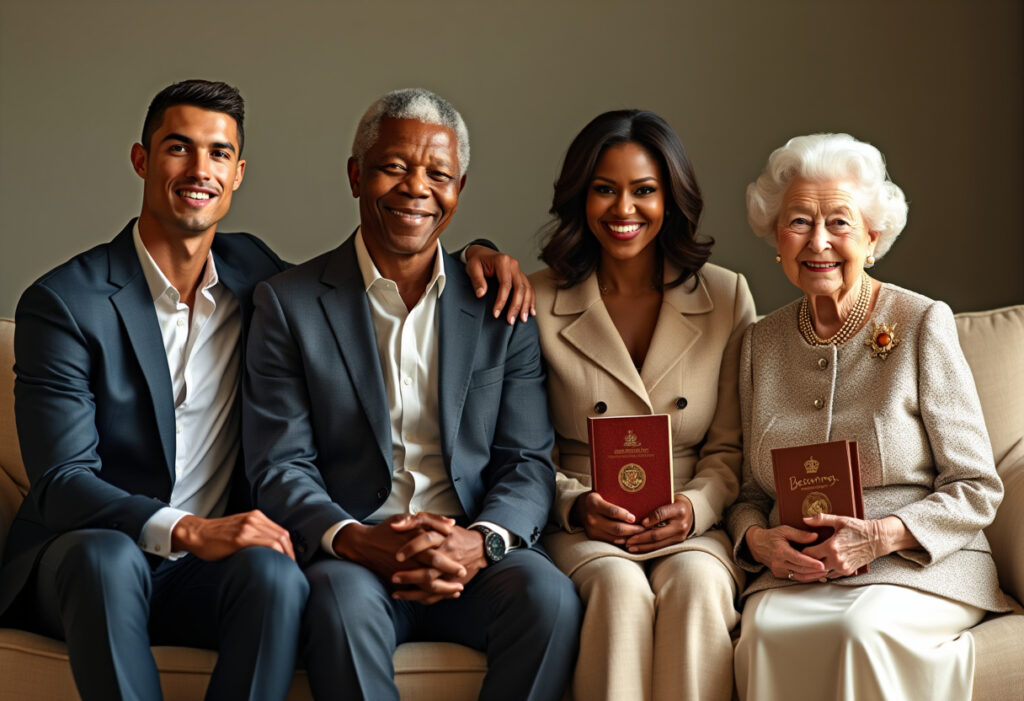In these lessons, we’ll focus on honing your reading comprehension skills using news articles, biographies, and book summaries. You’ll learn how to effectively interpret and extract key insights from these texts, enhancing your ability to read critically and efficiently.

NEWS ARTICLES
Advanced reading comprehension of news articles involves a deeper level of engagement and analysis beyond simply understanding the basic facts presented. Here are the key aspects to focus on:
Sample News Article Analysis
Now, we will analyze a real-life news article by applying the key aspects discussed in the presentation. The news article we’ll be using covers a recent yacht sinking and was published by the British news outlet BBC. You can read it at the following link:
NEWS ARTICLE: The 16 minutes that plunged the Bayesian yacht into a deadly spiral
Analysis:
Identifying the Main Idea and Purpose
Main Idea: The article details the tragic sinking of the Bayesian yacht, focusing on the critical events, ongoing investigation, and the impact on the victims and community.
Purpose: To inform readers about the disaster, its investigation, and the emotional aftermath.
Analyzing Structure and Organization
Headline and Lead: The headline highlights the crucial 16 minutes, while the lead sets the scene of the storm and its effects.
Flow of Information: The article follows a chronological structure, starting with the storm and moving to the investigation and consequences.
Contextual Understanding
Background Information: The article provides context about the yacht’s luxury, the high-profile passengers, and Mike Lynch’s recent acquittal.
Source Evaluation: As a BBC article, it’s reliable, with firsthand accounts and expert opinions.
Critical Analysis
Bias and Perspective: The article remains neutral but includes emotional elements, presenting multiple perspectives, including caution from the captain’s brother and trade unions.
Argument Strength: The article presents well-supported facts but acknowledges the ongoing investigation.
Inference and Interpretation
Reading Between the Lines: The article suggests possible negligence by the crew without making definitive claims, reflecting the investigation’s complexity.
Tone and Language: The tone is serious and somber, with descriptive language emphasizing the tragedy’s emotional impact.
Skimming and Scanning Techniques
Efficient Reading: Key details about the timeline and investigation can be quickly identified through skimming and scanning.
Comparative Analysis
Cross-Source Comparison: Comparing this article with others, such as this one by CNN, Bayesian yacht captain faces manslaughter probe after deadly sinking in Sicily, could reveal different emphases, such as on the legal or technical salvaging aspects of the sinking.
Summarization
Condensing Information: The article recaps the sudden sinking of a luxury yacht during a storm, with ongoing investigations into potential negligence and a focus on the personal tragedies involved.
Application
Real-World Implications: The article underscores the importance of maritime safety protocols and the challenges of investigating such incidents.
Critical Reflection
Forming an Opinion: Here you should reflect on safety, responsibility, and the complexity of judgments in such tragedies, as highlighted by the caution against premature conclusions.
Learning Activities
Bias Detection
You will be provided with two or more articles on the same news event from different sources. You must analyze the language, tone, and presentation of facts to identify any bias or slant. Then, compare your findings in groups and discuss how bias can affect the interpretation of news.
Fact vs. Opinion
You will get a news article and highlight statements that are purely factual in one color and opinions or interpretations in another. Compare results with your classmates. This will help you discern the difference between objective reporting and subjective commentary.
News Analysis
Choose a national or international news article and analyze it using the ten key points covered in this lesson. You will then present your analysis to the class in a brief presentation.
News Debate
The class will be divided into two groups, each assigned an opposing viewpoint on a current news issue. Both groups will use news articles to support their arguments. After the debate, the entire class will reflect on how the information from the articles shaped or influenced their perspectives.
AUTOBIOGRAPHIES & BIOGRAPHIES
Autobiographies and biographies are both forms of writing that tell the story of a person’s life. As the two most popular nonfiction genres, these books dominate bestseller lists in both print and digital formats, generating significant revenue for their most popular authors.

Reading both autobiographies and biographies is a powerful way to gain inspiration, knowledge, and understanding of both the world and ourselves. These works provide personal insights into history, culture, and human nature, making them an essential part of lifelong learning and personal development.
Find out the main characteristics of both forms of writing in the following entries:
AUTOBIOGRAPHIES
- Authorship: An autobiography is written by the person whose life story is being told. It is a first-person account, with the author sharing their own experiences, thoughts, and feelings.
- Perspective: Autobiographies provide an insider’s view, offering personal insights, reflections, and interpretations of the events described.
- Scope: Like biographies, autobiographies can cover the author’s entire life or focus on specific periods or events that were particularly significant to them.
BIOGRAPHIES
- Authorship: A biography is written by someone other than the subject of the book. The author conducts research, interviews, and collects information to provide an accurate account of the person’s life.
- Perspective: Biographies offer an outsider’s perspective on the subject’s life, often including analysis, context, and interpretation based on the author’s findings.
- Scope: Biographies can range from a comprehensive account of the subject’s entire life to a focused look at a particular period or achievement.
Would you gain more from reading a biography or an autobiography? And when it comes to your own life story—would you rather share it in your own words, or let someone else write about you? As you explore the differences between these genres in the upcoming presentation, you’ll discover which one resonates with you more.
Learning Activities
Biography of a Notable Figure – Authored by Me
Choose a famous person that you admire, and write a short biography about them. You should include basic personal information, key achievements or career highlights, notable personal or professional milestones, educational background, current role or status, interesting facts, and personal interests or hobbies.
You will also create a brief video in a social media format that summarizes the biography you’ve written.
Compare and Contrast
You will be provided with a short biography and an autobiography excerpt from the same person. Read both and create a Venn diagram to compare and contrast the perspectives, tone, and details presented in each.
This will help you understand the differences and similarities between biographies and autobiographies.
Role-Play Interviews
Pair up with a classmate, with one of you taking on the role of the interviewer and the other as the subject of a biography or autobiography. The interviewer will ask questions as if they are a journalist, while the interviewee responds in character, drawing from the mindset and experiences of the person they are portraying.
This activity will help you immerse yourself in the role, encouraging a deeper understanding of the individual’s life and perspective.
